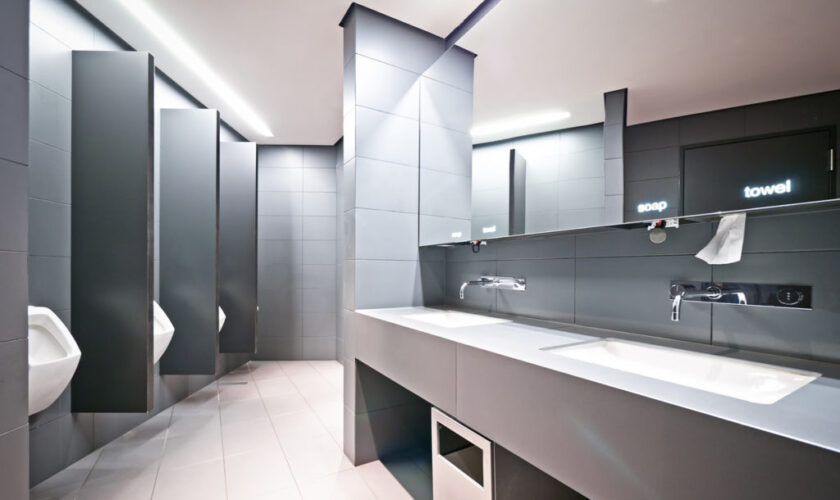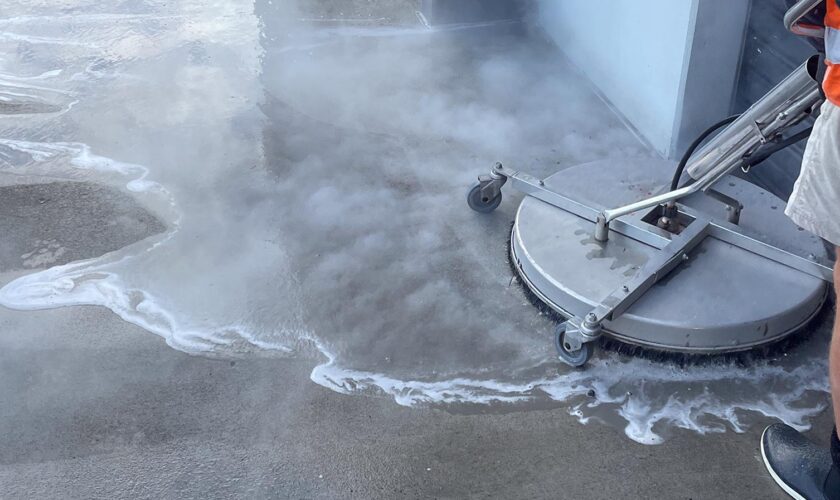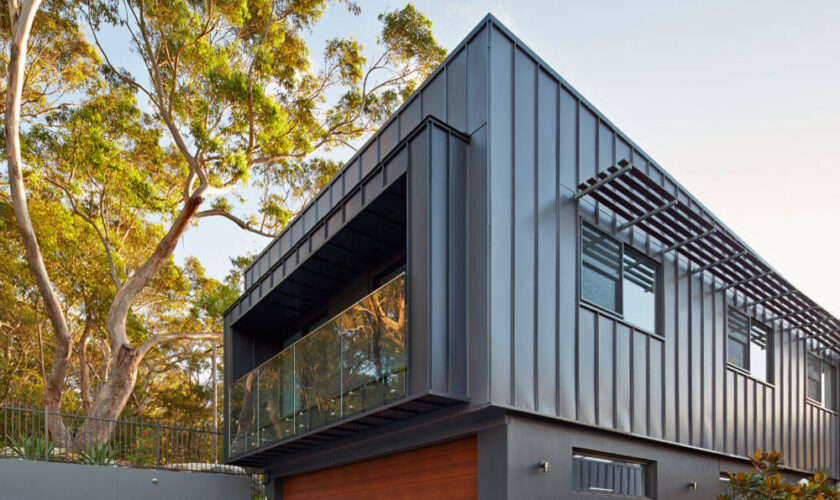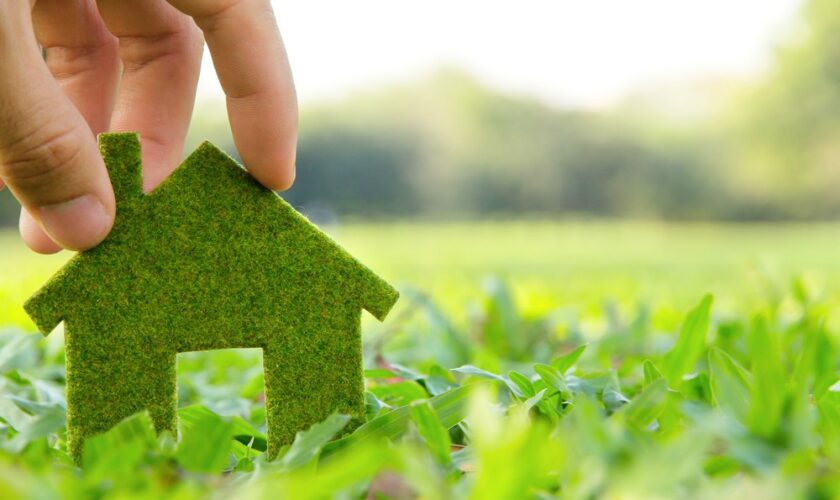Your employees spend 8-9 hours working in your office. When you give a space for a healthier, life-fulfilling, and positive environment inside your corporate office, you put a strong impression in the hearts and minds of your clients and employees.
One of the most overlooked areas in corporate offices are bathrooms, which ultimately speak about the company’s care and responsibility towards staff well-being. When you consider how to maintain these hygienic facilities, it is important to source professionals offering bathroom renovations in Melbourne.
In this blog, we will talk about how to plan and consider many options when it comes to redesigning the look and feel of washrooms and bathrooms.
Steps to Plan Ahead Before Renovating Bathrooms in Corporates
Planning ahead for the office renovations is as important as planning for any other domestic or commercial refurbishments. Begin with understanding what “planning ahead” actually means to you. You may want to continue running the operations without disturbing productivity or want to stay on a specific budget to get everything done without overspending.
Here are some ways that can lead you to successful renovations in the office.
-
Understand the Whys Behind Office Bathroom Renovations:
Start by understanding why renovation is needed. Does your office bathroom look too outdated and dull, or does it look unhygienic to use? Whatever your concerns are with the current office bathroom that you use, these should be a solid reason behind undertaking bathroom renovations in Melbourne.
-
Look At What Needs to Changed in Your Current Bathrooms:
It is wise to take out some time out of your busy lifestyle and look up to the cleanliness of your workspaces, starting right with the bathrooms. Consider the current situation of your washroom and bathroom. Check in to know the things below.
- Consider the size of the bathroom and measure if it is too small for the number of people in your office.
- Are you still using outdated plumbing systems, including toilets, fixtures, and materials?
- Is your office bathroom old enough to save on water and electricity costs?
- Have you made any changes to your washroom to make it accessible for people of all ages, including people with disabilities?
If the answers to these questions are straight yes then office fitouts in Melbourne are more than necessary to revamp these facilities and breathe in fresh air.
-
Set a Budget:
After understanding the scope of work required in the renovation, consult with professionals specialising in commercial and office fitouts in Melbourne. For example, if your bathroom has outdated fixtures and fittings, consulting with renovation experts can offer you an accurate estimate and advice on what more will be covered in the renovation project.
Moreover, it is important to note that a company with years of experience will be able to propose ample design options and materials, focusing on customisation aspects. That is why bearing a specific number in mind is not really helpful unless you are going for a standard upgrade. Having said that, keeping a 10% buffer for unexpected expenses is helpful to avoid last-minute hassle.
-
Plan a Time for Renovations:
It is best to create a schedule for renovations, whether it is a small-scale or large-scale project. Your schedule should include all phases of renovation, starting from initial planning, designing and constructing to the final inspections.
If you want to know a specific duration for completing the bathroom renovation, then consulting professionals for office fitouts in Melbourne is essential. It is good to plan renovations around evenings, weekends, or during office downtimes to minimise office disruptions.
-
Hire Professionals:
Choosing an established and reliable commercial and office renovation company is the first step to planning ahead for renovations. You cannot compromise on the quality, working process, and your needs when it comes to renovating any space in your office.
For bathroom renovation, choose a company that regards your needs, has previously worked for bathroom renovation in the office, can show a portfolio for reference, and proposes designs and materials with realistic budgets.
-
Design with Employees and Compliance in Mind:
Aim to involve your employees before starting the renovation work. Ask what changes they would like to see with the renovation. You can either conduct a survey or create a space where employees can put forward their ideas to overcome hesitation.
-
Communicate with Everyone:
Communication about office renovations with all stakeholders is crucial. Before choosing any office fitouts in Melbourne, talk about when you are scheduling renovation work, how much time it will take and ways to minimise disruptions.
-
Plan for Disruption:
Even with the best planning, renovations can cause office disruptions. Arrange for alternative restroom facilities if necessary and inform employees about certain inconveniences.
-
Thorough Inspections Before Use:
Although inspections are done after the work, it is best to consider that you manage some time ahead to walk in and around during renovations to ensure that you get maximum value for money.
Final Words
We hope this blog has helped you to plan ahead for office bathroom renovations in Melbourne. We have enlisted all the essential ideas that you must consider before starting the renovation project.
Before starting renovation, knowing the reasons, assessing the current office bathroom needs, setting a budget, planning the right time, hiring professionals, involving employees and communicating with them, planning for alternative restrooms, and inspecting are all that you need for smooth office renovation work. Choose Juma Projects for the best outcomes for any scale of commercial and office renovations.



